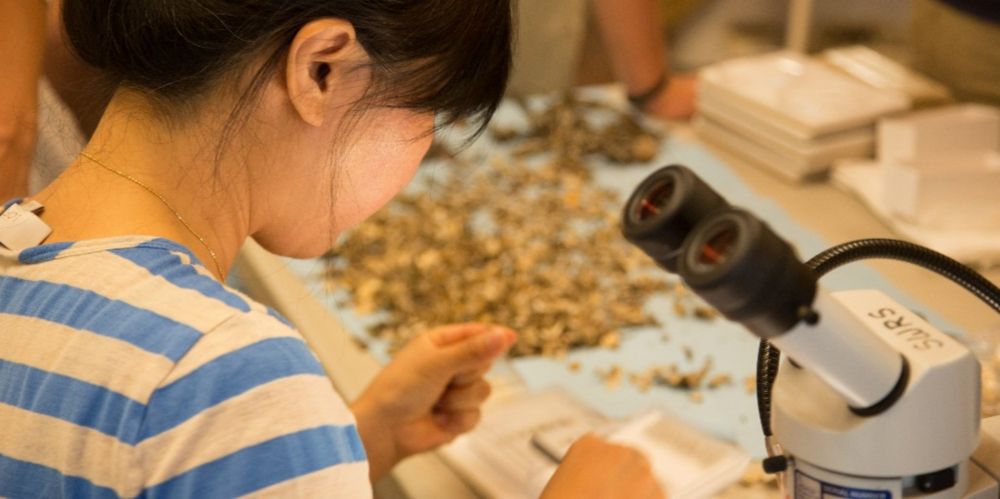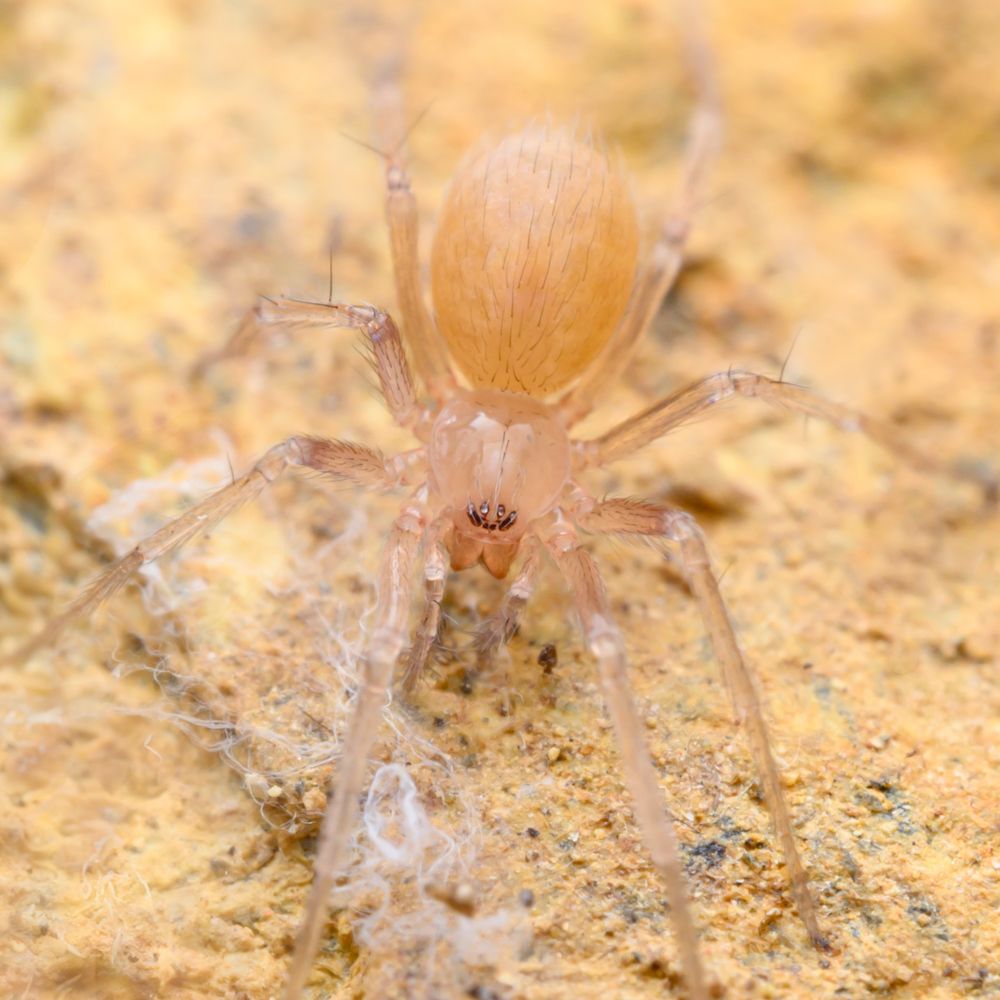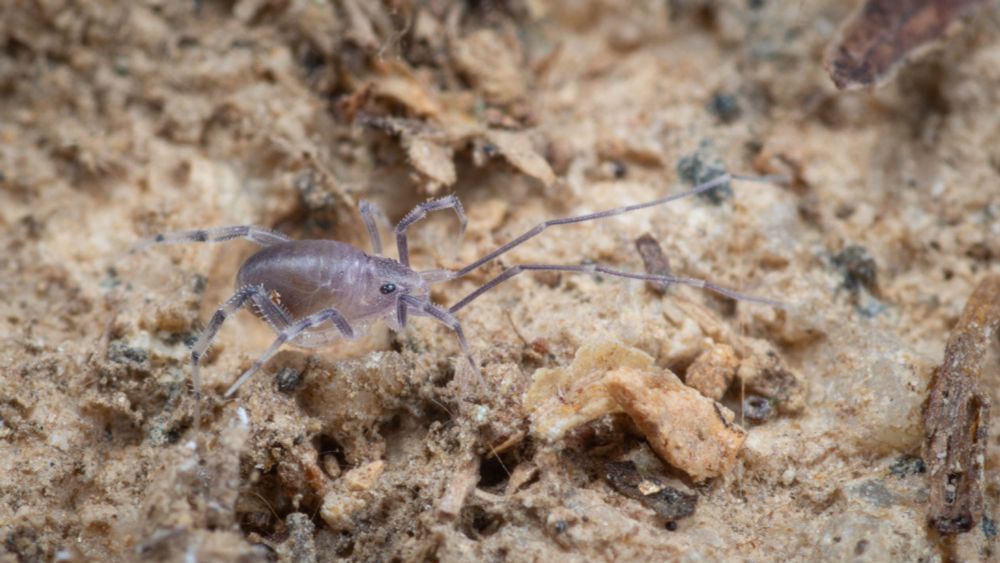Shahan Derkarabetian
@sderkarabetian.bsky.social
350 followers
230 following
13 posts
Opiliones. Systematics. Evolution. Curator of Invertebrate Zoology at the San Diego Natural History Museum. Sci-fi. Metal. Cyborg. deaf w CI. He/him. Opinions are mine.
Posts
Media
Videos
Starter Packs
Reposted by Shahan Derkarabetian
Reposted by Shahan Derkarabetian
Reposted by Shahan Derkarabetian














